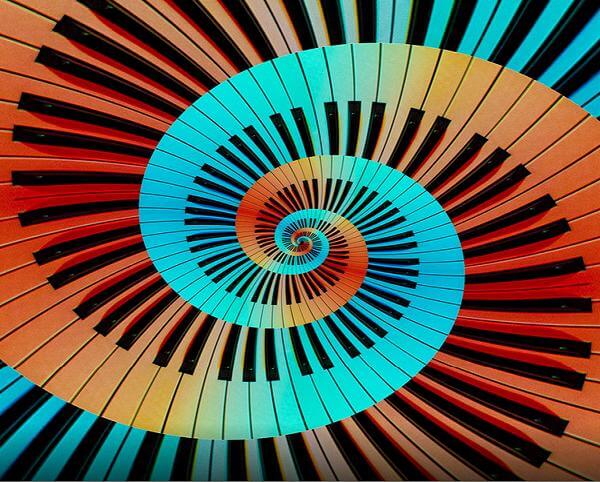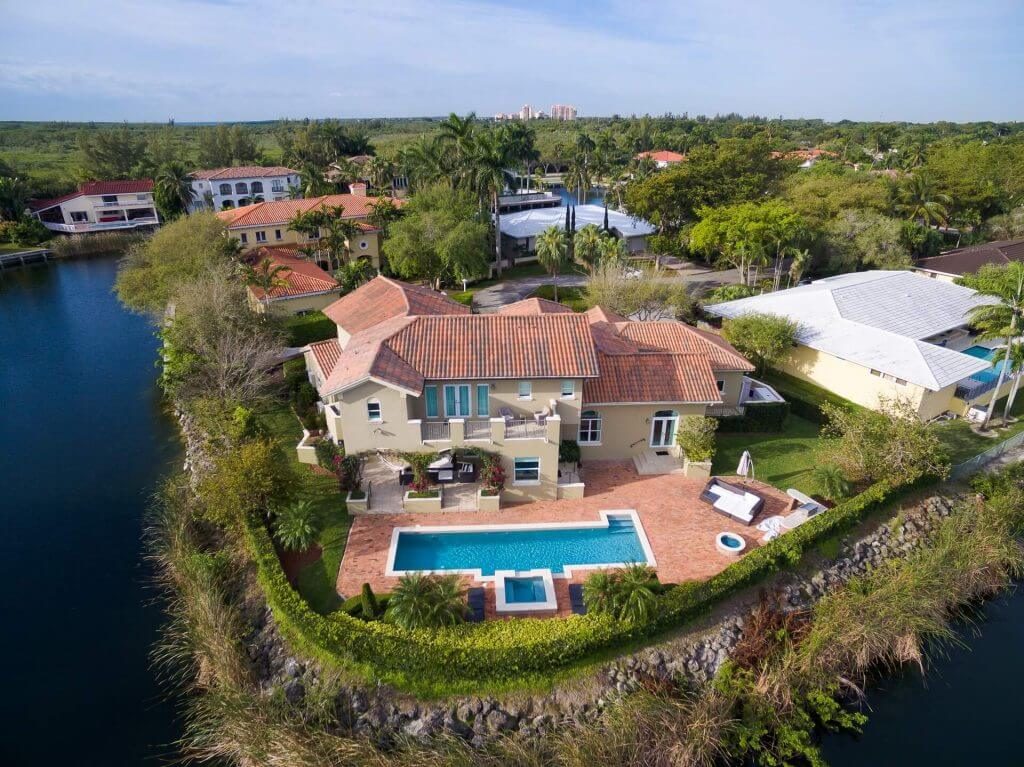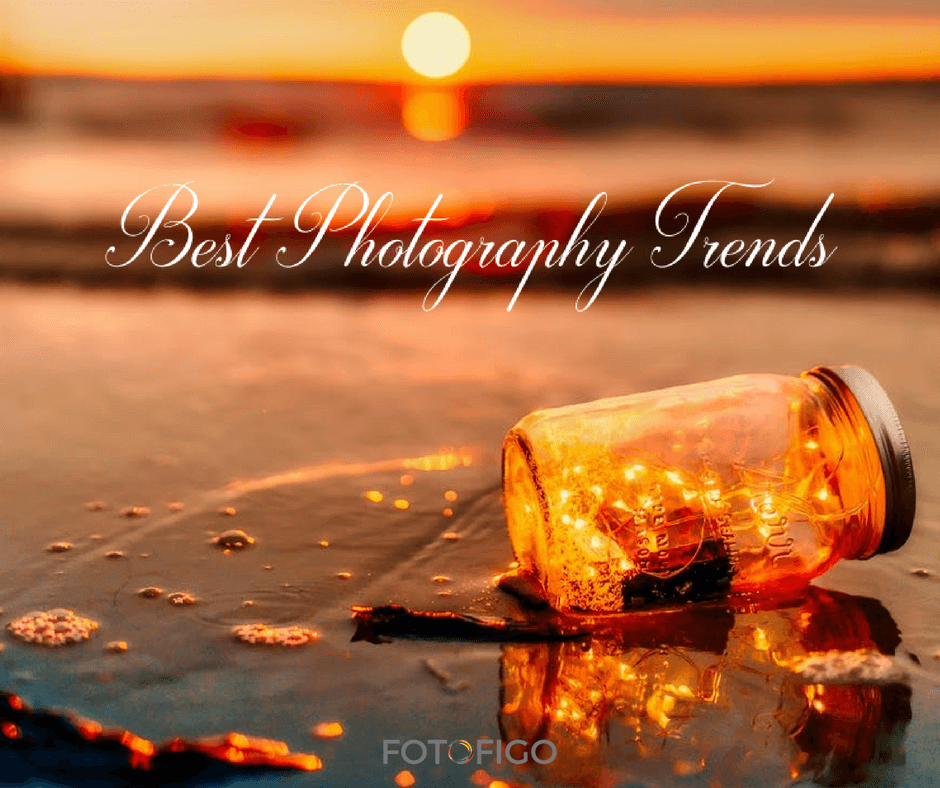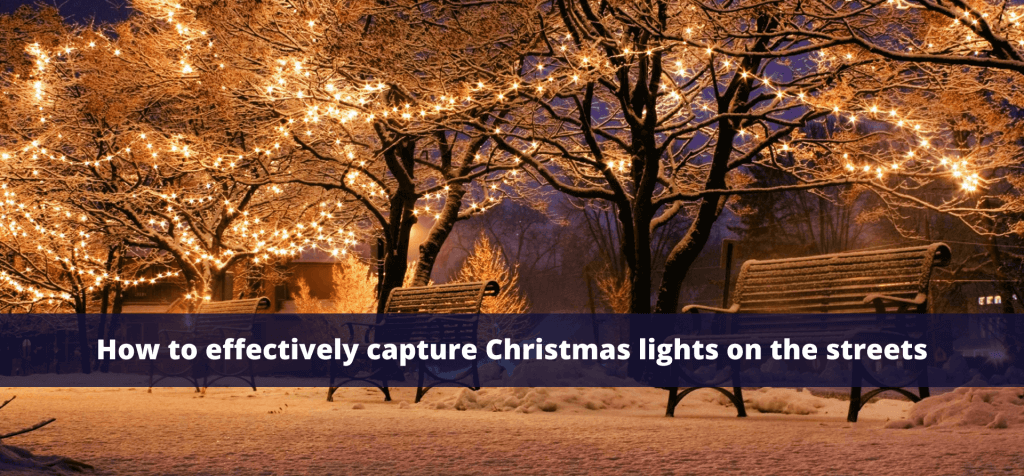
Being a photographer, you would never miss capturing Christmas lights flashing on your street. But, have you thought of how to capture them effectively with sharper and the right exposure? Capturing those incandescent lights on the streets are not easy; unless you learn important photography techniques and get the right gear with you. Hence, let’s get on with some of the significant concepts which will help you for photographing the incandescent lights during the Christmas and other lighting night events.
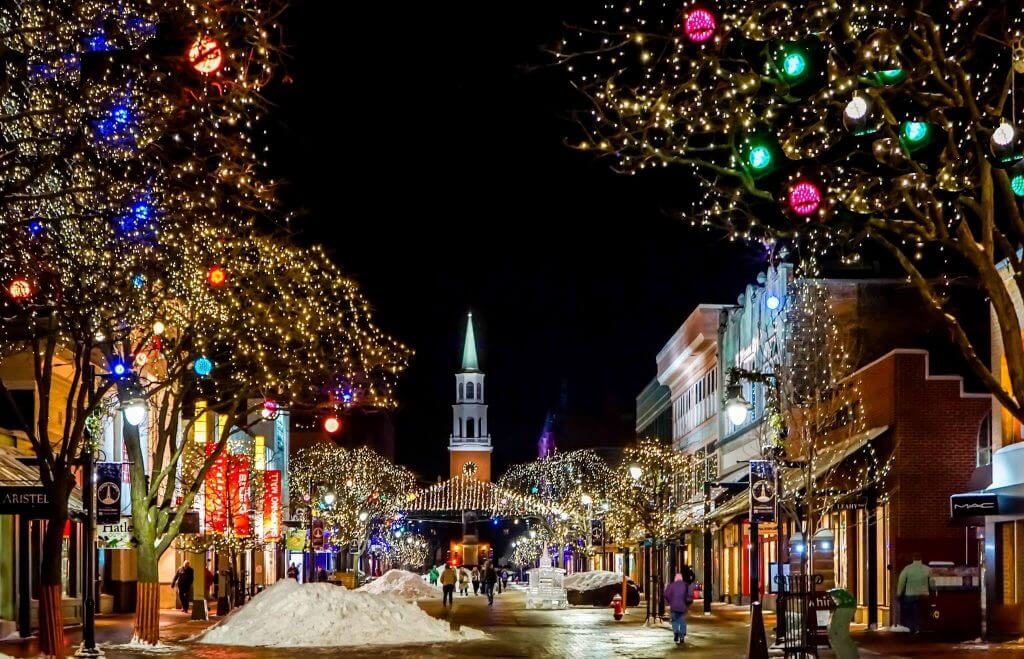
Let’s start with a ‘Tripod’
As a photographer, carrying a tripod or a monopod for capturing incandescent lights on streets are better only if you are going to give priorities on slower shutter speeds. As you know, slower shutter speed allows more light and gives you the license to utilize lower ISO.
If you are having full frame camera or a top-end modern camera at your hand, a tripod or monopod is not mandatorily required since you will have an opportunity to higher ISO (like 1600, 3200, 6400) and fasten up the shutter speed. Hence, if you know the right technique of holding the camera, you can safely click without a tripod. Here is the quick video by 52Frames weekly Photography Challenge where you can learn how to firmly hold your camera so that you can prevent carrying a tripod if you are having top-end or full frame cameras with you.
Aperture
It is obvious that during street photography, the aperture settings should be increased to get maximum depth of field (sharpness).
The smaller an aperture is set, larger you get the depth of field (sharpness). Hence, it is significant that you keep the aperture settings to higher f-stops until everything in focus. Normally, starting with the f-stop from f/8 to the higher range of f-stops would be the right way to maximize the depth of field.
But, you must know, higher the f-stop means the smaller openings, and lesser light passes into the lens. Hence, you have to either slow down the shutter speed to accumulate more light or increase the ISO sensitivity for the right exposure.
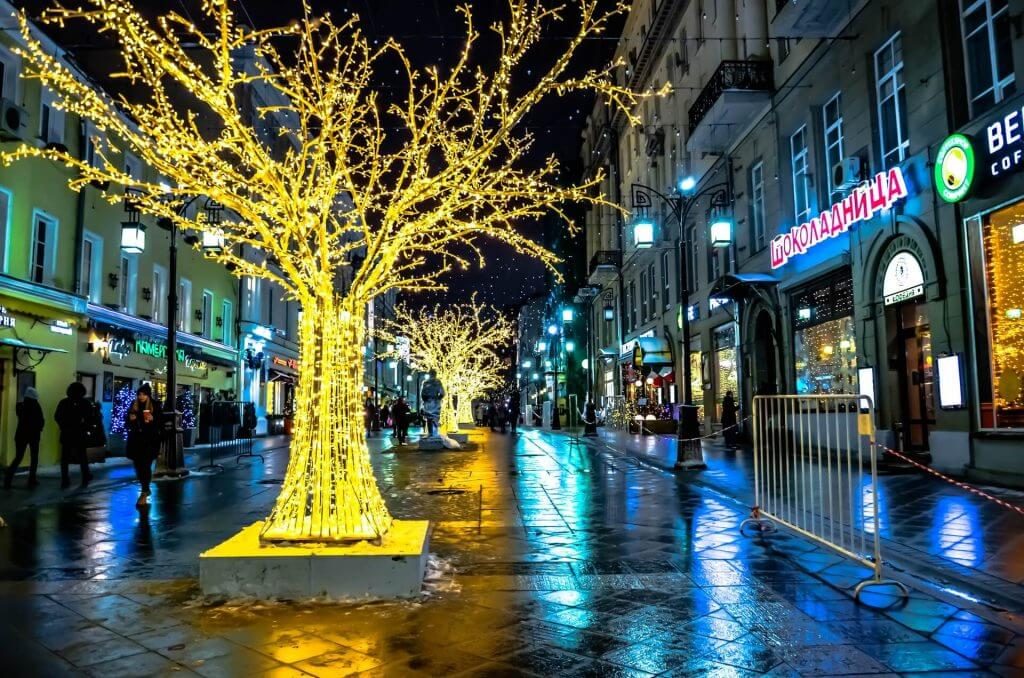
‘Increase your f-stop unless you get a broader depth of field (sharpness) in your frame’
ISO
It may be day or night; keeping the ISO, as low as possible is always a good way of photographing the subjects. During the low light and night photography, you can see more noise in the pictures if the ISO is higher. Hence, always tend to keep ISO between 100 and 400 to prevent noise. These situations arise only when you use an older or a budget-free camera.
But, not in today’s full frame and top-end cameras as they have the ability to capture good quality images even with the higher ISO. So, if you own them, you would pretty safe clicking pictures even with increasing ISO and lower shutter speeds.
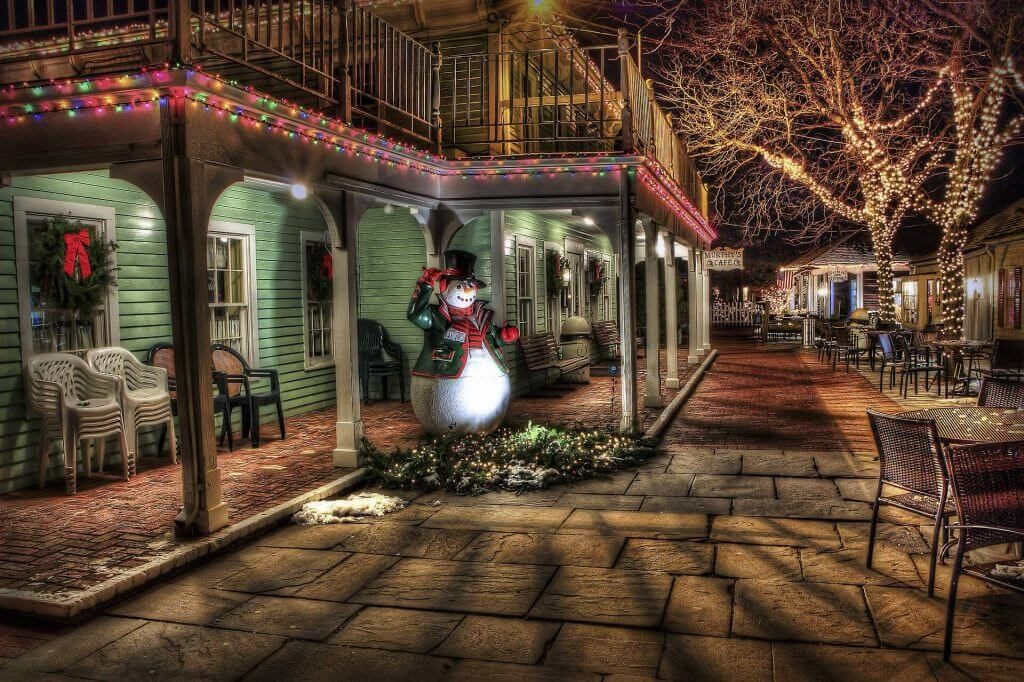
‘No noise when you use lower ISO’
Shutter Speed
Utilizing slower shutter priority mode enables any type of camera holders ‘whether it is a budget camera or top-end one’ to capture good quality sharpened images of incandescent Christmas lights. The reason is that it enables you to use lower ISO. But, this technique would require a tripod, so never forget about it. Capturing slower shutter speed with the tripod gives camera shakes until and unless you know the good camera holding technique.
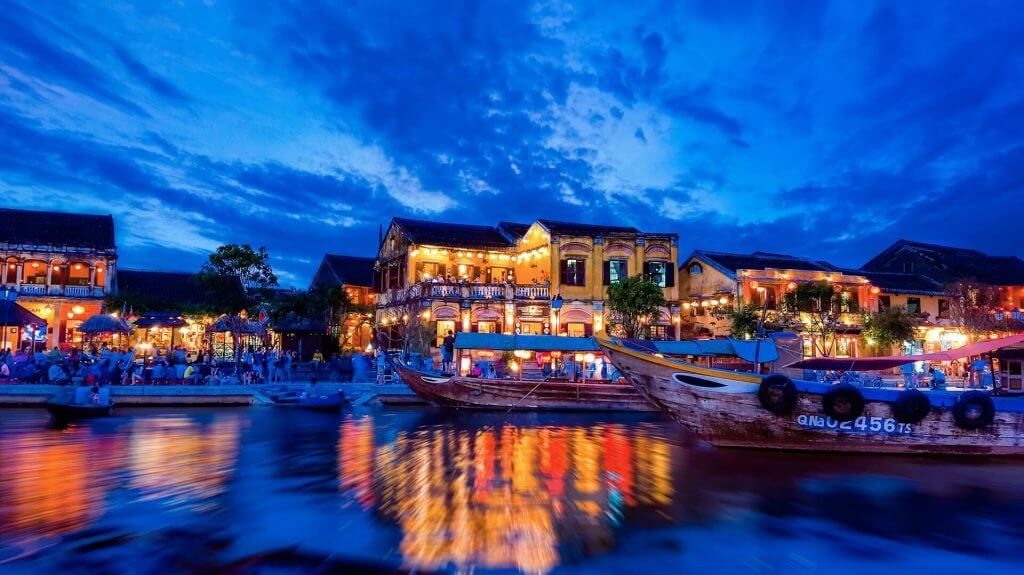
‘Some surprises with slower shutter speed when subjects (boats) moving’
Calculating shutter speed should be based on what aperture and ISO you have set. For example, think you have set ISO settings at 400, an aperture at f/16. Since you are using higher f-stop that is f/16 it gains little light due to a smaller opening/hole and ISO at 400 means, it is lower sensitivity to light hence, lesser light. So, both of the settings are accumulating lesser light. But, remember why we have kept f/16 and lower ISO 400. Just to know higher f-stop f/16 for better depth of field (sharpness) and lower ISO for preventing noise. Hence, the reason to slow the shutter speed is to gain proper exposure. Normally, for the above settings, you can test at a shutter speed of 1/100s and review it once. If you get the image overexposed then, fasten the shutter speed. If underexposed, slowdown them as simple.
White Balance
It is important to keep your camera settings to Incandescent (also known as Tungsten) mode while shooting Christmas lights, as those are incandescent bulbs. Hence, having kept in that mode gives exactly the same light in your camera, also giving blue tones in the sky if you’re adding them in your frame.
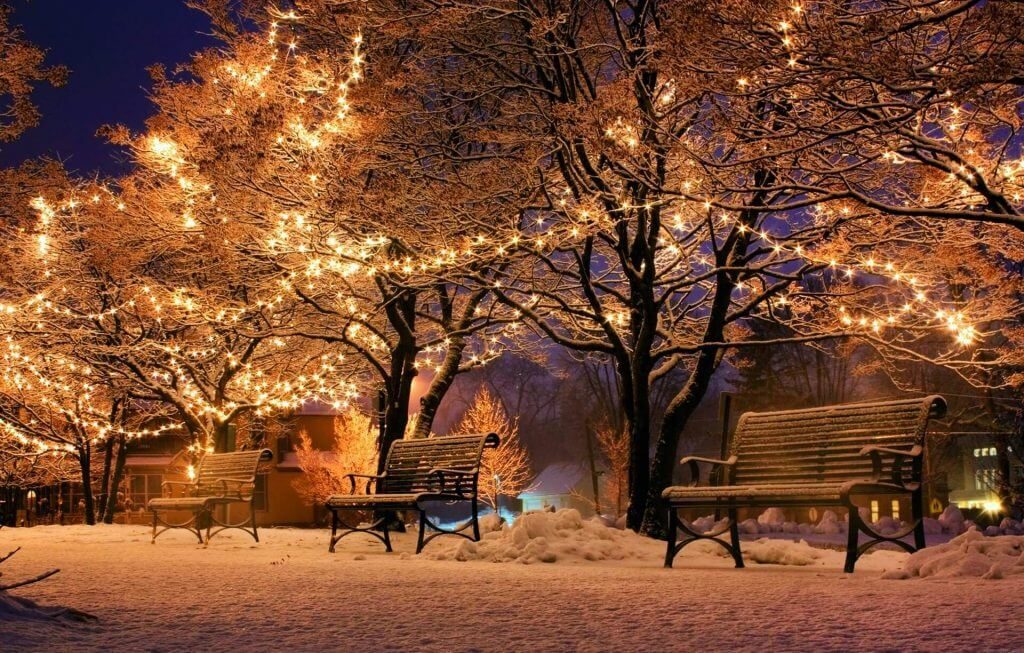
‘Capture accurate color of the holiday lights with incandescent white balance mode’
Off the Flash
Do not use the flash while capturing holiday lights. But, some of the instances you may require the flash, like when you want to capture friend’s photo and there is no sufficient ambient light available. So, in this situation, a flash might be required for popping-up the light on friend’s face.
Wider Angle Lenses
Lens with wider focal length for street photography is necessary to get a better field of view, in other terms more details in the images. Otherwise, you might lose significant details which you intended to compose in a single frame.
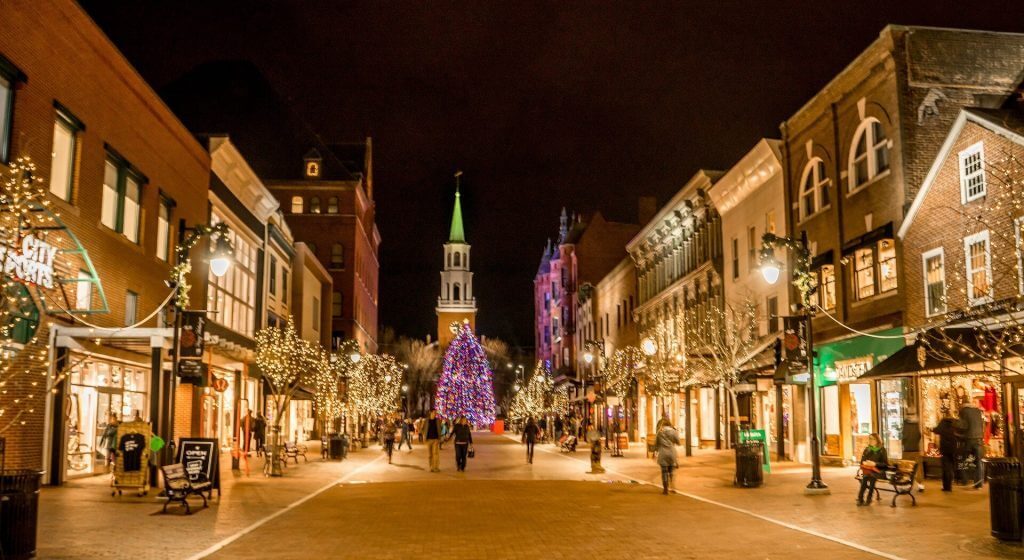
‘Broader field of view with wider angle lenses’
Creativity with a Longer Exposure
Creativity comes when you utilize longer exposure for moving objects. It is nothing but using slower shutter speeds. During Christmas people tend to burn crackers, utilizing slower shutter speeds for moving objects brings surprising images and creativity among them.
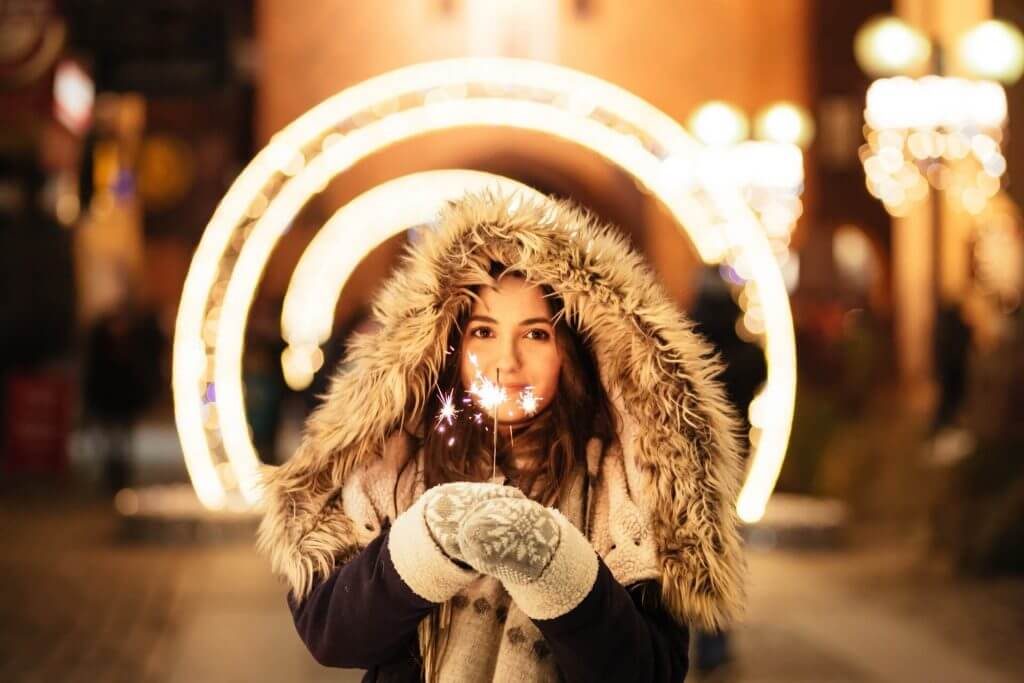
Note: If you want to capture like the above image with blurry background and on sides, use lower f/stops for shallower depth of fields like f/1.8, f/2.8, or f/4. Slower shutter speeds for great effects of the subjects in actions, especially sparkler. You can test them between 1/200s and 1/350s. Use lowest ISO, either 100 or 200 since, you have sufficient ambient light at the location; and, the usage of smaller f-stop and slower shutter speed acquires more light.
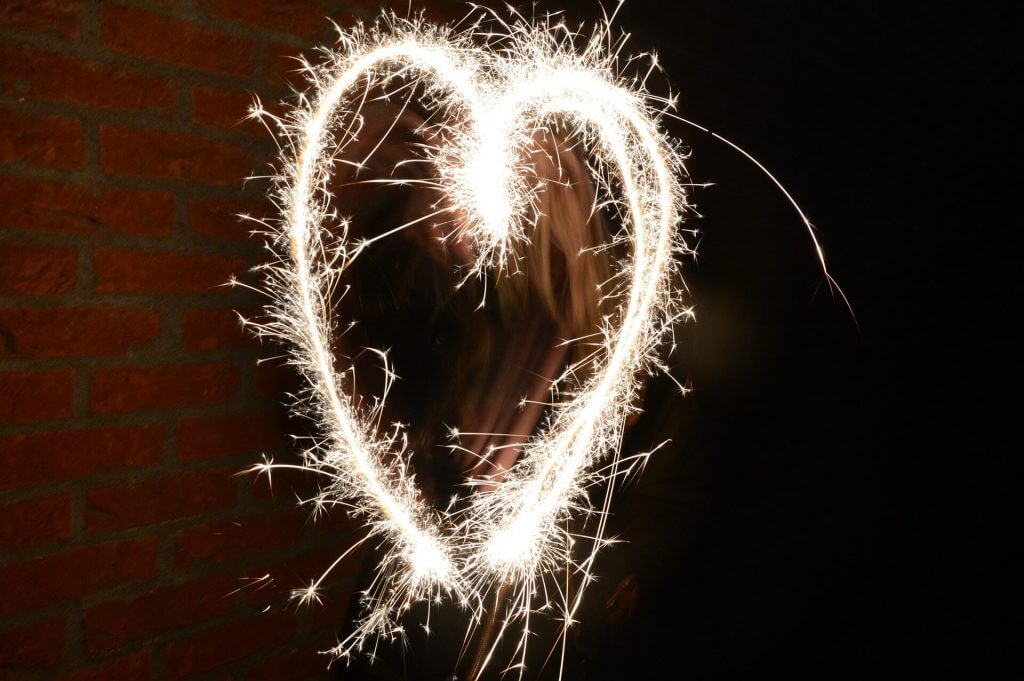
Usage of slowest shutter speeds which is more than a second’
Capturing above kind of image is quite simple by slowing down the shutter speed to more than few seconds. Test the shutter speeds from 3 seconds or higher. You can certainly get this kind of images. But, never ever forget to click with a tripod. Tripod does this magic.
Composition and Filling up the Frame
The most significant composition technique can be, to utilize the rule of thirds and start placing the right subjects which you would like to show on the specific grids.
Ultimately, for effective sharpness during night photography, use higher f-stops (especially between f/8 and f/16) for broader depth of field (sharpness). For the right exposure, there can be two ways of doing it. One of the ways is through slower shutter speeds, and other through higher ISO. If your priority is slower shutter speed mode, it enables you to set lower ISO. But, never forget to carry a tripod with you or else you will face camera shakes and get faulty images. This is one of the significant ways to capture any pictures. If the priority is higher ISO, then you have to fasten the shutter speed. As said above, higher ISO works well only in full frame and top-end cameras. In budget friendly cameras you get noise when you increase the ISO. We recommend going with slower shutter priority as always with a tripod. Never utilize flash for holiday lights. Wide angle lenses play a significant role in the wider field of view. Utilize incandescent white balance mode as the Christmas light bulbs are incandescent. Use longer exposure for moving subjects can make creative images.
In addition, if you’re a commercial photographer for a certain photography niche, you might require some of the important images to be post-processed. Our photo editing experts can skillfully assist you in enhancing the images, with exposure adjustments, color and white balance corrections, unwanted objects removal, and other minor corrections.
